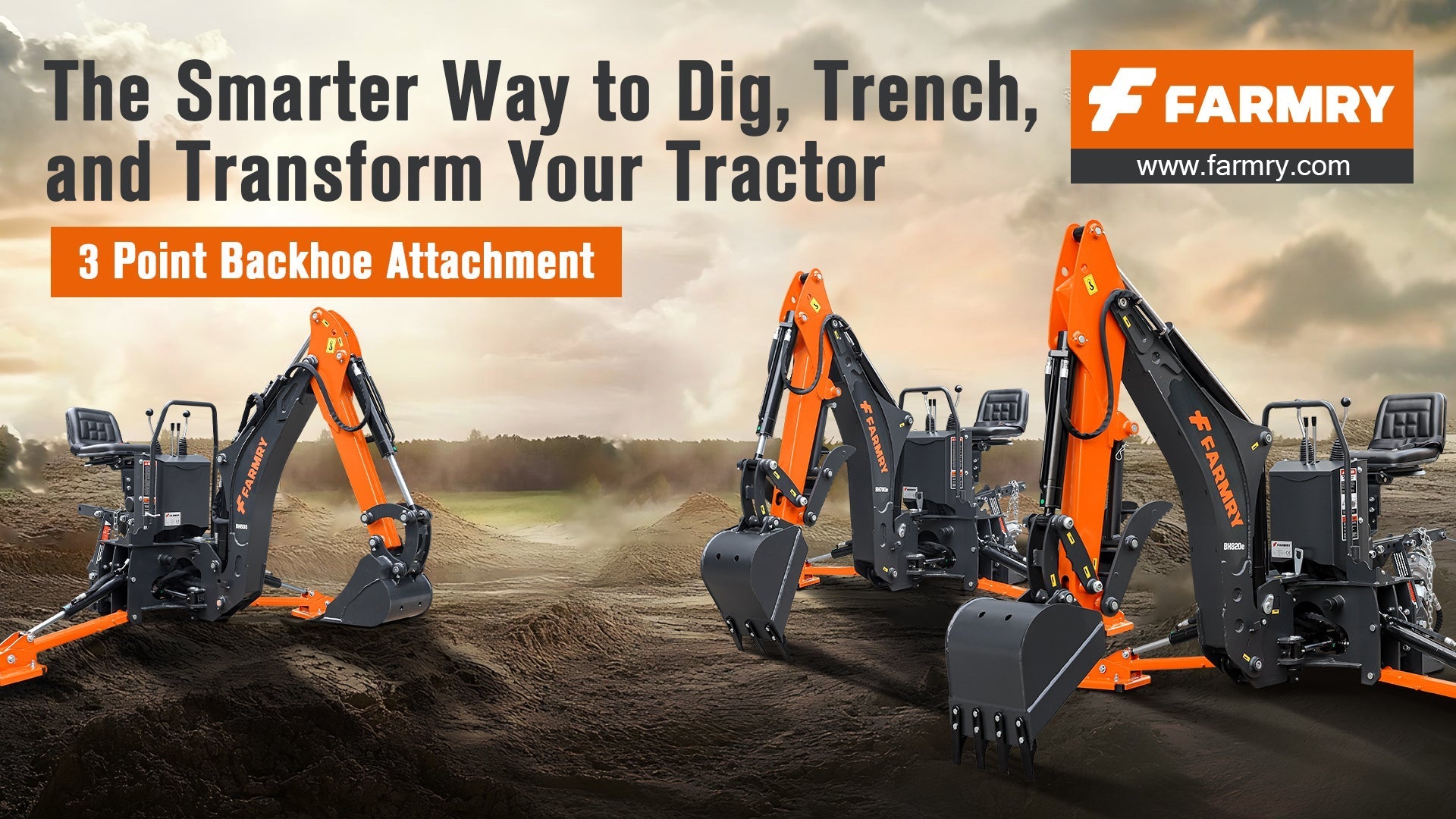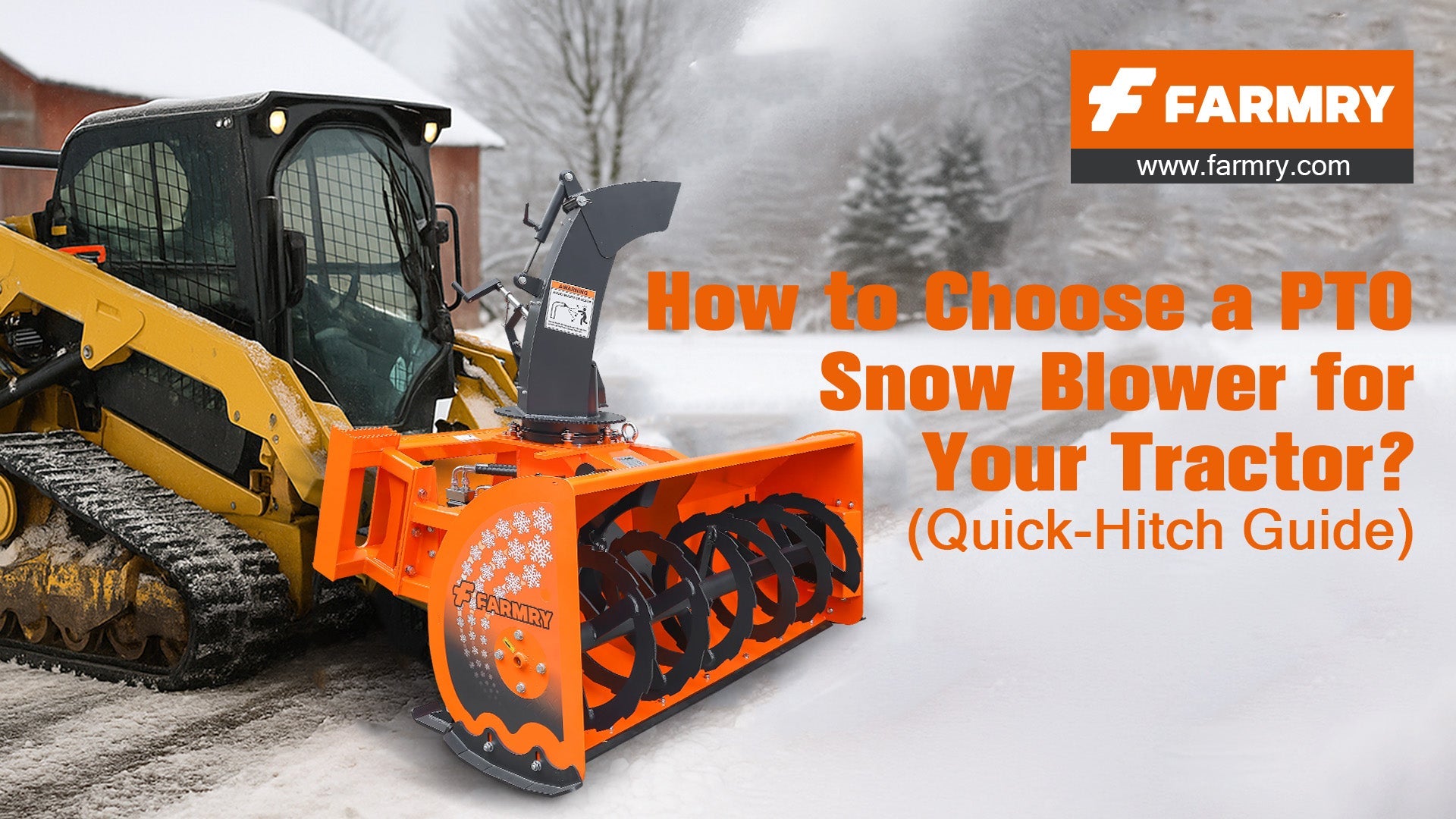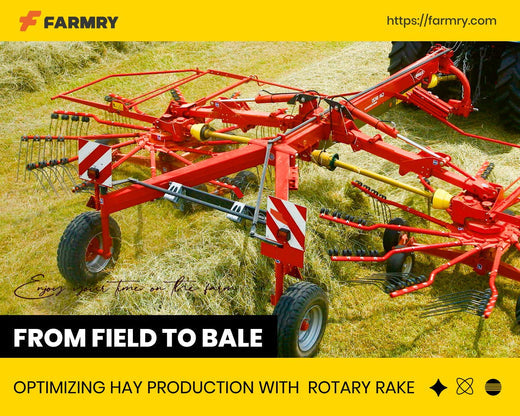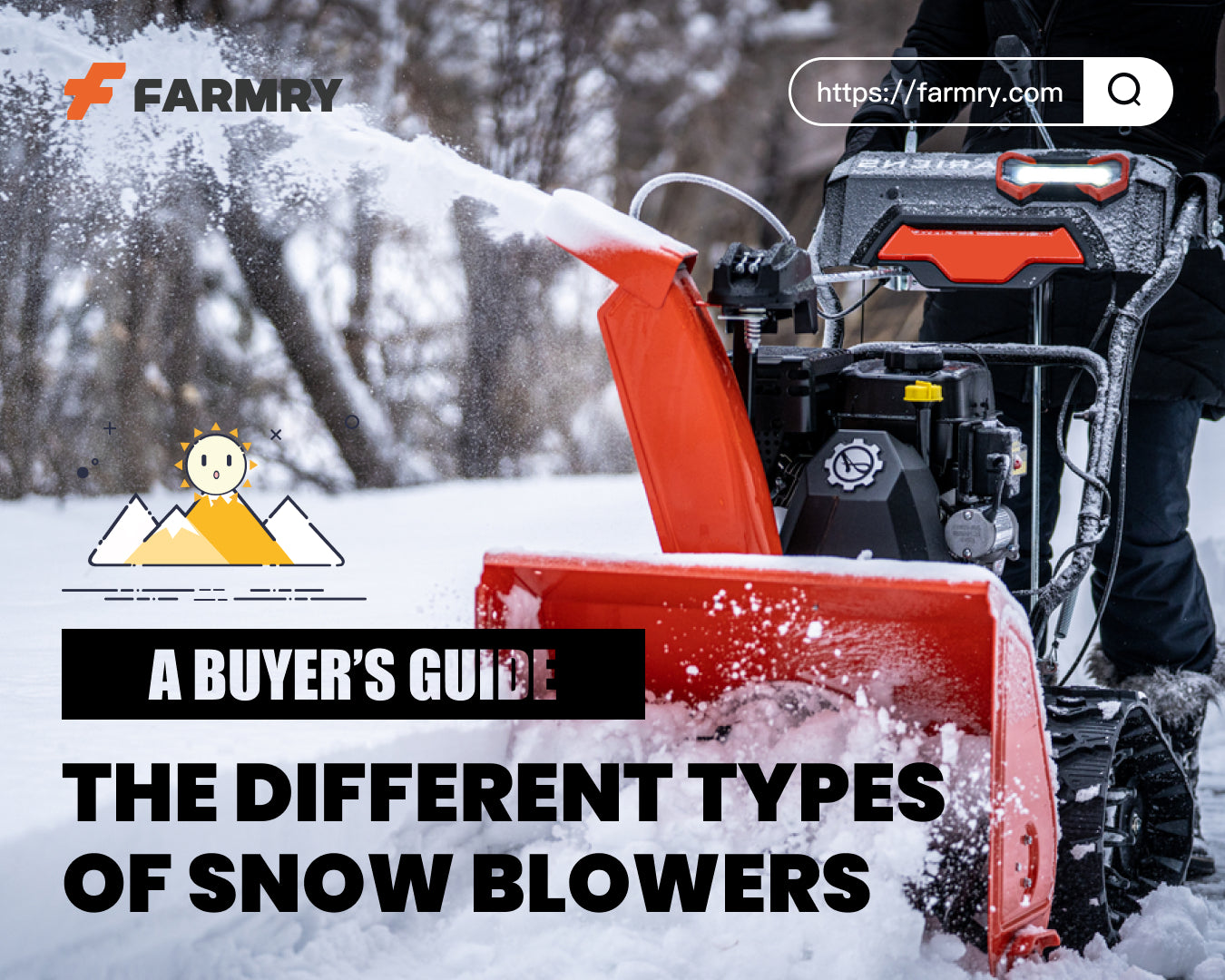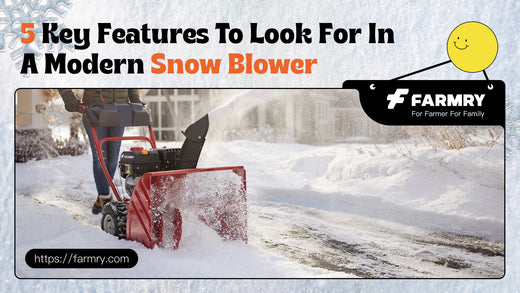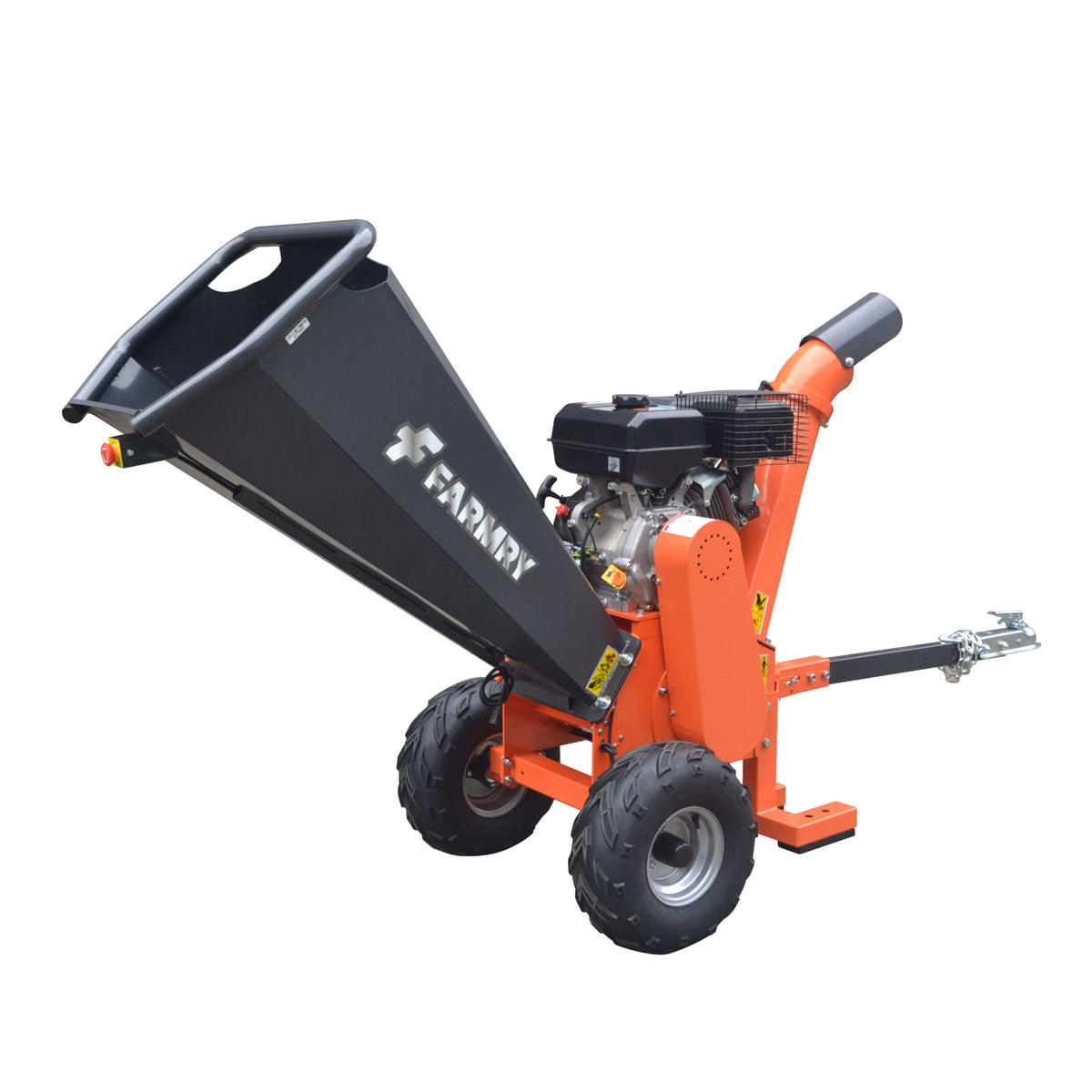What Is a Backhoe? The Clear, No-Nonsense Guide (With Real-World Uses, Key Differences, and Buying Tips)
 If you’ve ever stood on a construction site or watched crews handle landscaping tasks and wondered, “what is a backhoe?”—you’re in the right place. This guide breaks down what a backhoe is, how a backhoe loader works, the key differences from an excavator or mini excavator, and how to choose the right equipment (and backhoe attachments) for specific tasks on work sites ranging from small homesteads to large scale projects.
If you’ve ever stood on a construction site or watched crews handle landscaping tasks and wondered, “what is a backhoe?”—you’re in the right place. This guide breaks down what a backhoe is, how a backhoe loader works, the key differences from an excavator or mini excavator, and how to choose the right equipment (and backhoe attachments) for specific tasks on work sites ranging from small homesteads to large scale projects.
The Fast Definition: What Is a Backhoe?
A backhoe is a type of construction equipment—often called a backhoe loader—that combines two machines in one. Up front, there’s a front loader (or end loader) with a loader bucket for moving materials and heavy lifting. On the rear, there’s the backhoe arm—also known as the digging arm—with a dipper stick and digging bucket designed to dig holes, dig trenches, and perform heavy duty digging. This two-sided design lets operators seamlessly tackle various tasks without swapping machines: scoop with the front, easily dig with the back, and repeat.
Backhoes feature stabilizing outriggers—commonly called stabilizer legs—that drop to the ground to keep the machine steady while the rear arm works. Thanks to this balanced configuration, a backhoe handles heavy loads on rough terrain, uneven terrain, and soft terrain with confidence while still fitting into tight spaces that larger excavators can’t easily access.
Backhoe Anatomy: The Parts That Do the Work
Understanding the components helps you match the right machine to your project size and specific tasks:
-
Front Loader / Loader Bucket: Ideal for moving materials (gravel, soil, other materials), light grading, and snow removal with snow blades.
-
Backhoe Arm / Digging Arm: The rear attachment with a dipper stick and digging bucket to drill holes, dig trenches, and tackle small demolitions or demolition projects (like pulling footings or concrete pads).
-
Stabilizer Legs: Drop to the ground to prevent rocking while the backhoe digs.
-
Rear Wheels & Chassis: Provide traction and mobility on hard surfaces, gravel, and loam—important for work sites with mixed ground conditions.
-
Powertrain & Hydraulics: Deliver the power you need for heavy duty tasks, bucket curl, and smooth, precise control.
Backhoe vs. Excavator vs. Mini Excavators: Key Differences You Should Know
When you’re choosing heavy machinery, it’s easy to confuse a backhoe loader with an excavator or mini excavators. Here’s how to tell them apart and choose the right equipment:
-
Rotation & Layout: A standard excavator can rotate 360 degrees, offering exceptional swing range for deep trenching and large industrial projects. A backhoe typically has a limited swing arc for the rear arm, but you get the front loader plus the backhoe arm—that two-sided design for tasks ranging from loading to digging without changing machines.
-
Mobility & Speed: Backhoes are wheeled and road-friendly, so moving around a job site or between construction projects is quick. Excavators (especially tracked ones) shine on soft or uneven ground and continuous deep digging but are slower on pavement.
-
Size & Access: A compact BH600 3 point tractor backhoe backhoe fits tight spaces and residential landscaping projects, while larger models and standard excavators dominate large scale projects and continuous heavy duty digging.
-
Versatility: Backhoes accept a wider range of attachments—from augers for drilling holes to breakers for demolition—making them a flexible choice for many job sites.
Bottom line: Choose a backhoe when you want one machine to move heavy materials up front and excavate out back; choose an excavator when you need maximum digging performance, constant swing, and deep trenching all day.
What Can a Backhoe Do? (Real Jobs, Real Payoff)
Backhoes shine across construction projects, landscaping projects, and municipal maintenance because they save time, boost productivity, and reduce mobilizations. Common use cases:
-
Trenching & Utilities: Digging trenches for water lines, electrical conduits, and drainage. The digging bucket and precise controls let you easily dig to grade.
-
Footings & Foundations: Deep holes for pads or frost footings—great for sheds, small additions, and retaining walls.
-
Material Handling: The front loader moves heavy materials (base rock, topsoil, mulch), backfills excavations, and stockpiles spoils.
-
Site Prep & Grading: Shape driveways, build swales, and prep pads on construction site ground that’s anything but flat.
-
Demolition Projects / Small Demolitions: Pull small slabs, remove fence posts, demolish structures like old sheds (with the right BH700 pro skid steer backhoe or other attachments).
-
Landscaping Tasks: Dig tree pits, reshape beds, set boulders, and handle other tasks without calling in two separate machines.
-
Snow Removal: Swap to snow blades or use the loader to push snow—handy for mixed-use fleets.
-
Driving Piles: With different attachments, backhoes can assist with light driving piles, posts, or anchors.
-
Rough Terrain Access: Wheeled speed with off-road capability lets you hop between work sites quickly.
Backhoe Attachments: Expand Your Capability Fast
Backhoes offer a modular ecosystem of attachments so you can tailor the machine to a wider range of jobs:
-
Digging Buckets: General purpose, trenching, and narrow buckets to drill holes and dig holes where precision matters.
-
Rock & Frost Buckets: For heavy duty cutting in tough ground.
-
Hydraulic Breakers: Turn concrete and rock into manageable rubble for other materials handling.
-
Augers: Rapid post and pier drill holes—perfect for fences, decks, and signage.
-
Thumbs & Grapples: Secure logs, brush, and debris.
-
Snow Blades & Pushers: Winter-ready snow removal.
-
Pallet Forks (Front): Add material-handling versatility to the end loader / front loader for pallets and bulky loads.
With the right setup, one backhoe loader can cover tasks ranging from trenching to heavy lifting to cleanup—without trailering two machines.
Choosing the Right Machine for Your Next Project
Use these quick criteria to lock in the best match:
-
Project Size & Scope
Compact backhoe for residential landscaping projects, trenching for irrigation, and light pads.
Larger models for utility mains, deeper footings, and sustained heavy duty cycles. -
Ground Conditions
Soft terrain or uneven terrain? Favor models with strong stabilizers, appropriate tires, and weight distribution.
Hard surfaces and pavement? A wheeled backhoe loader shines with lower surface disturbance and transport speed. -
Dig Depth & Reach
Confirm maximum depth for footings and utility lines. Backhoes typically reach deep enough for most residential and light commercial construction industry needs; big excavators take over for extra-deep utility runs. -
Lift Capacity & Bucket Choice
Match heavy materials—stone, pipe sections, timbers—to your loader and hoe capacities. Choose the digging bucket width to your trench spec. -
Transport & Licensing
On private property, many operators don’t need a commercial driver's license to run a backhoe, but towing and on-road rules vary by state and trailer weight. Always check local requirements. -
Attachments & Future Work
Think beyond the immediate job. The right attachments today (auger, breaker, forks) ensure your machine covers a wider range of specific tasks tomorrow.
Operation Tips That Pay Off on Day One
-
Stabilize First: Drop stabilizer legs before digging to keep geometry true and reduce wear on pins and bushings.
-
Work the Site in Zones: Use the front loader to stage piles, then swing the backhoe arm to trench—this sequencing can save time and minimize machine repositioning.
-
Mind Utilities: Always call before you dig and confirm depth restrictions near utilities or structures.
-
Bucket Selection Matters: A narrower digging bucket cuts faster in tough soils; a wider bucket backfills and cleans up better.
-
Protect the Surface: On turf or decorative stone, use mats or plan travel paths to reduce ruts and cleanup time.
-
Safety First: Set the parking brake, use wheel chocks on slopes, and keep bystanders out of the swing radius.
Backhoe vs. “Right Now” Alternatives: When to Pick Each
-
Pick a Backhoe when you need to move heavy materials, trench, and backfill in one pass—and when mobility between work sites is important.
-
Pick an Excavator when you need continuous deep trenching, long reach, or full rotate 360 degrees capability.
-
Pick Mini Excavators when ultra-compact access and low-impact tracks are critical for delicate landscapes. Pair a mini-ex with a skid steer if you still need loader performance.
Pro Tip: Many crews keep one backhoe loader as the all-rounder and add a mini-ex for tight spaces and detail work. That combo often outperforms a single larger machine across mixed construction projects.
Ready to Compare Models and Attachments?
When you’re ready to explore models and pricing, browse the Farmry backhoe loader collection for heavy machinery that matches your goals and budget. You’ll find backhoes, backhoe loader options, and various attachments curated for acreage owners, contractors, and facilities teams—so you can grab the right equipment for heavy duty tasks on your next project.
Quick links to top models:

